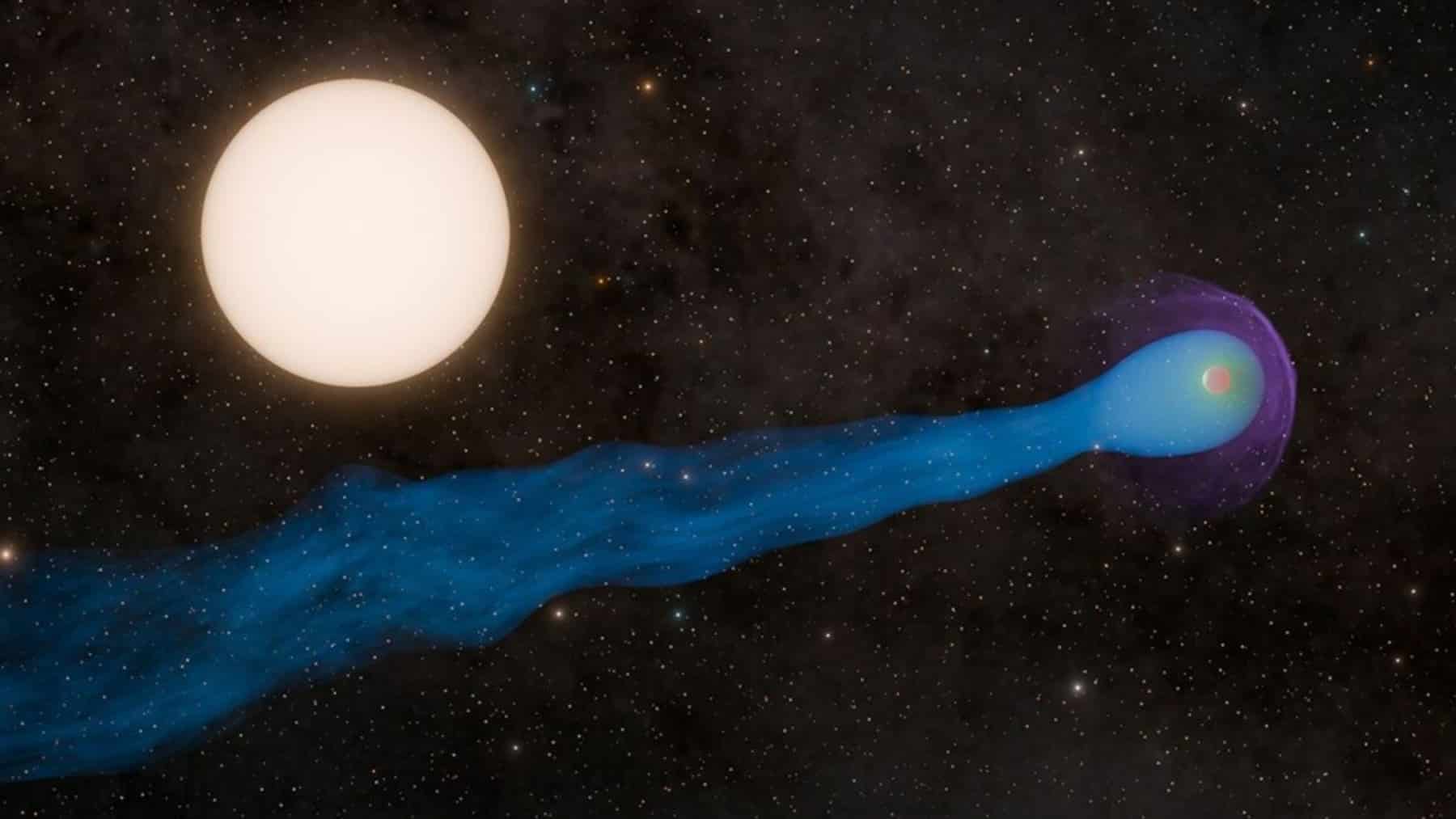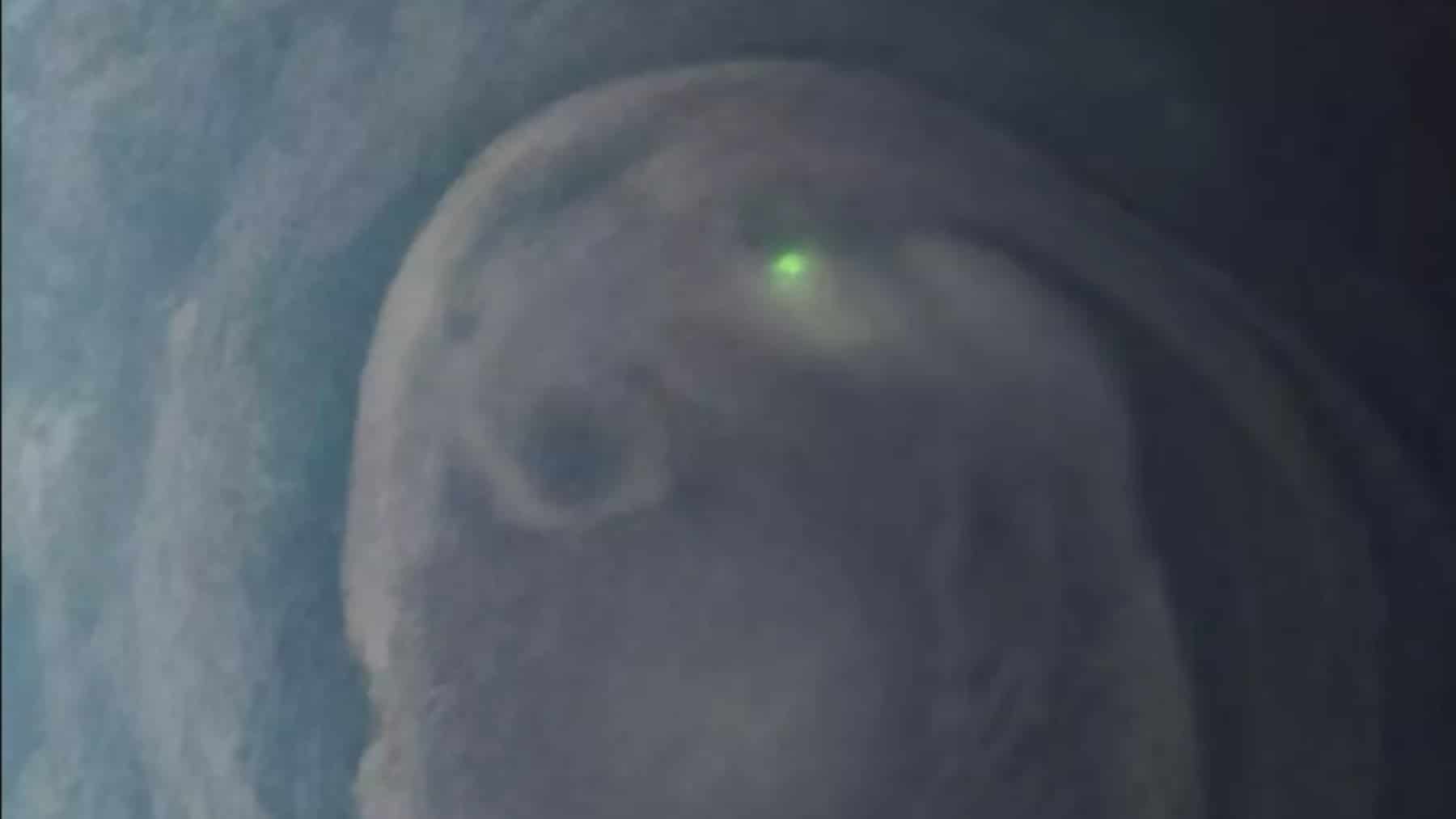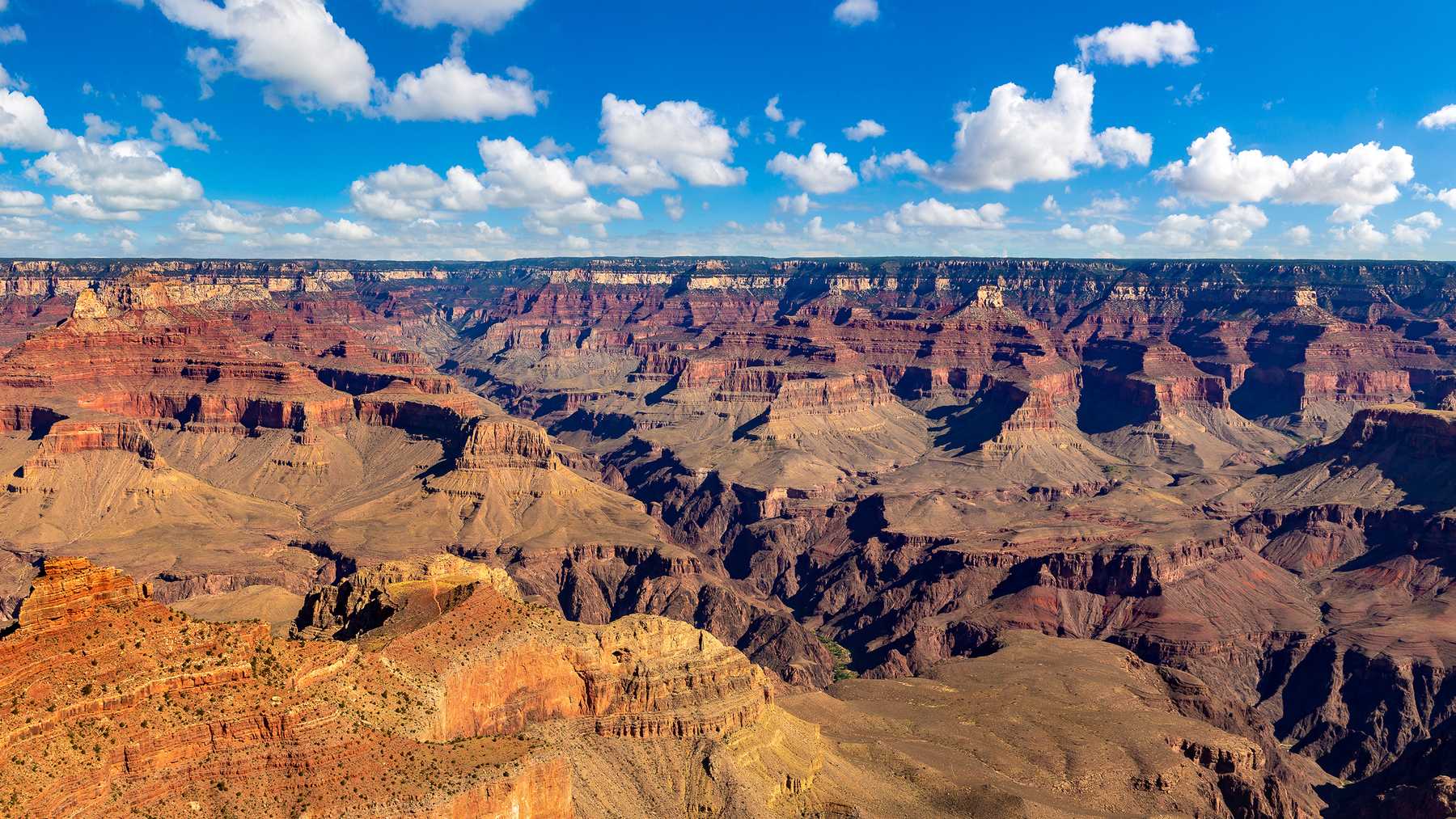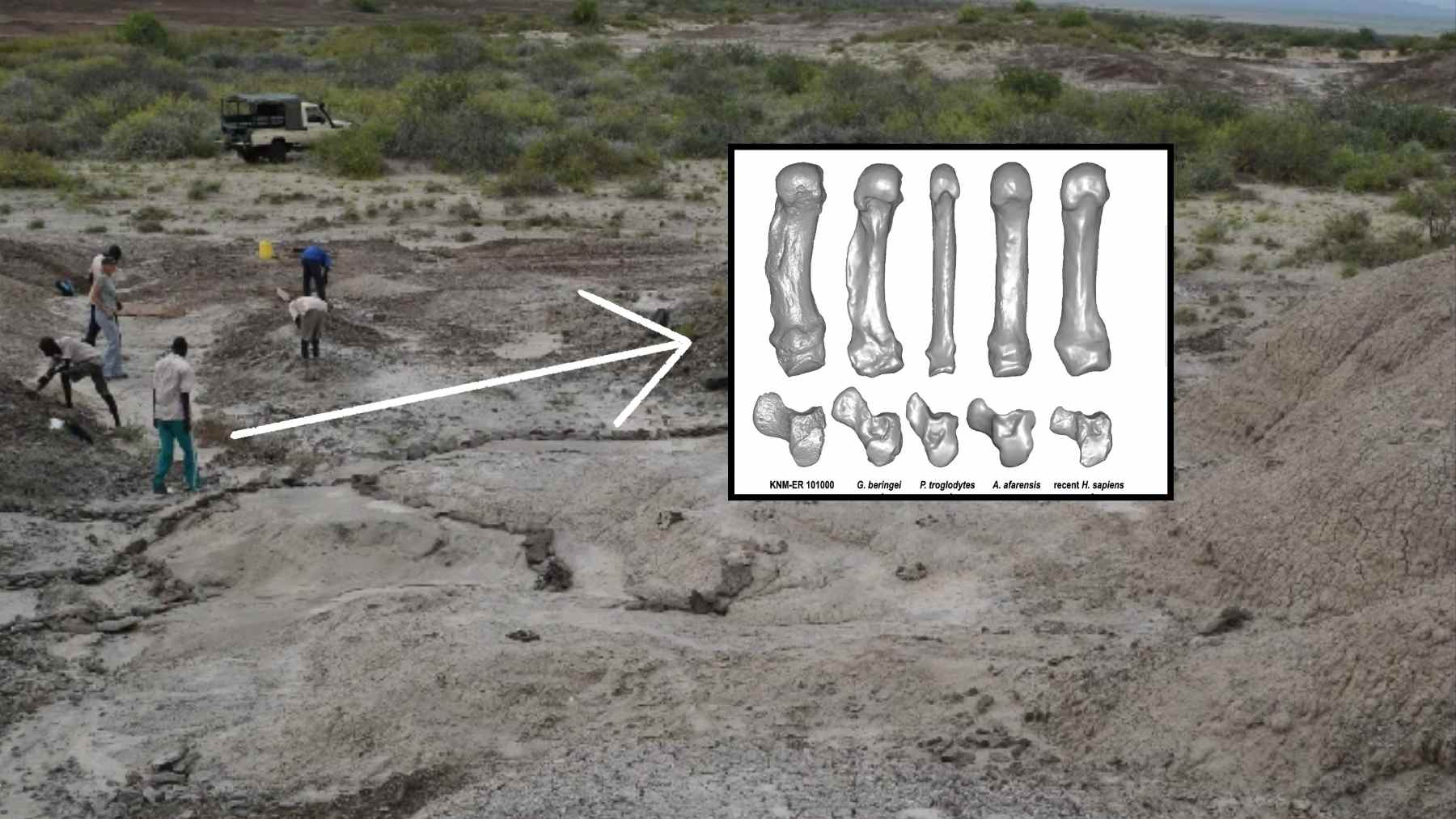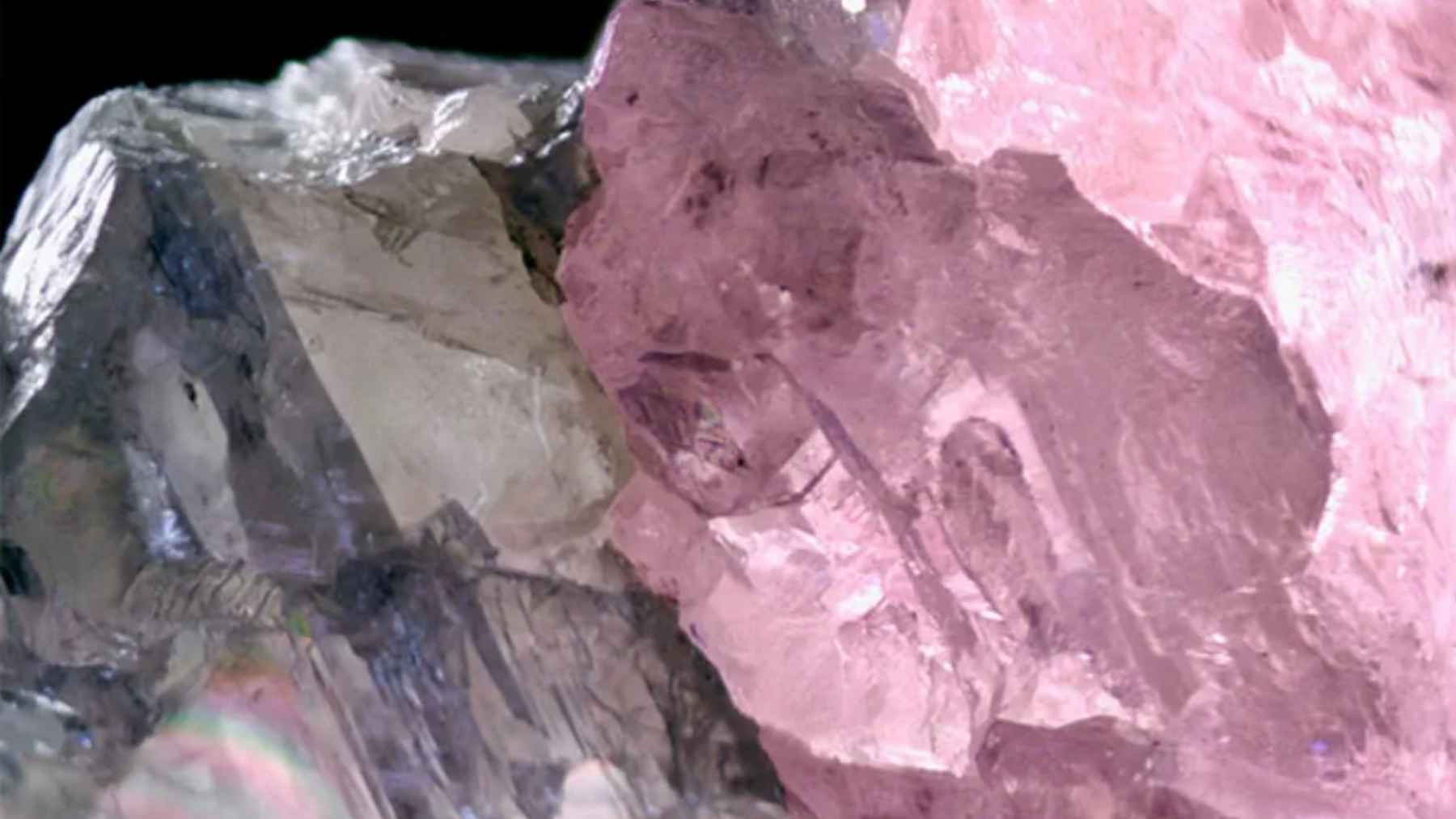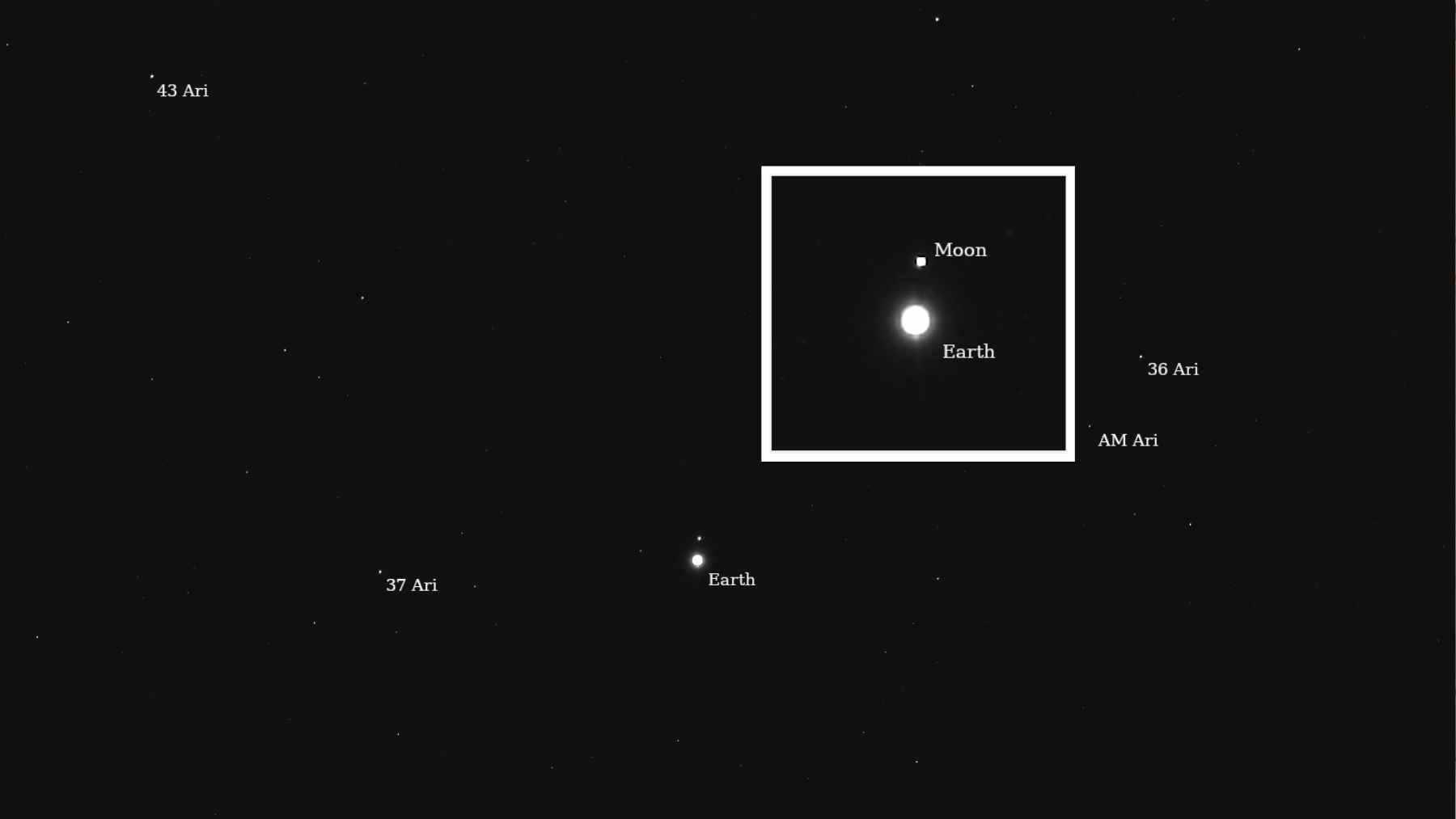From time to time, the universe surprises us with something so cosmically unusual that it forces us to rethink the story we tell ourselves about the cosmos. Imagine an invisible force, hidden just beyond the edge of our galaxy, powerful enough to outweigh 600,000 Suns — and yet, completely invisible to the naked eye. Scientists have recently uncovered evidence of such a monster, and it could be slowly making its way toward us. But before you panic, let’s walk through what this discovery really means — and why it’s rewriting the textbooks on galactic evolution.
Runaway stars: Cosmic rebels point to a hidden giant
When astronomers stumbled upon this anomaly, they weren’t hunting cosmic monsters. In fact, they were doing something completely routine: mapping stars. After all, the European Space Agency’s Gaia space observatory monitors more than a billion stars in our galaxy, measuring their positions, brightnesses, and orbits.
And that’s when the “rebels” emerged, or rather, some stars were moving completely differently. These were so-called hypervelocity stars, traveling through space at absurd speeds—up to ten times faster than average. It was as if something gigantic had kicked these stars out of their orbits. The most likely explanation they found was the heart of the Magellanic Clouds, which are nothing more than satellite galaxies orbiting the Milky Way. And that’s where scientists believe the culprit lies: a black hole 600,000 times more massive than the Sun.
The silent giant: Tracing an invisible black hole through stellar clues
The most curious thing of all is that this giant wasn’t found by pointing telescopes directly at it. This is because black holes don’t emit their own light; they only shine when they’re devouring nearby matter. This one, however, is silent and invisible. Therefore, it was necessary to decipher its trail using the movement of stars as cosmic crumbs. The mechanism behind this is known as Hill’s Mechanism:
- A binary star system (two stars orbiting each other) strays close to a black hole.
- One star is captured by the black hole’s gravity.
- The other gets slingshotted away at extreme velocity.
And by tracking the trajectories of several stars, the team realized that nine of them originated directly from the Magellanic Clouds. The only coherent explanation is a black hole hidden at their core, silently shaping everything around it. Remembering that until now, we thought supermassive black holes only existed in large galaxies (we even wondered if we lived inside a black hole). In other words, finding one in a satellite galaxy challenges current models, indicating that the formation of these monsters may be more common than we imagined.
Galactic fate: When Magellanic giants merge with the Milky Way
The Magellanic Clouds are spiraling toward the Milky Way in a cosmic dance that will end in a colossal collision roughly 2 billion years from now. And when that happens, this newly uncovered black hole won’t just stay put — it’s expected to sink into the heart of our galaxy and, eventually, merge with Sagittarius A* (the 4.3-million-solar-mass black hole already lurking at our center).
If you think of galaxies as living organisms, this is how they grow — by colliding, merging, and swallowing each other whole. Black holes, in turn, grow by these same processes, moving from “medium-sized monsters” into the titans billions of times the mass of the Sun that we see at the cores of the largest galaxies. What does this mean for us? Well, not much… That’s because two billion years is a timeframe far beyond our existence as a species. It’s like peeking at the last page of a book whose conclusion we’ll never see. Yes, it’s so impressive that we even wonder: why do black holes never run out of fuel?
